I am having trouble with using tracing in my multithreaded application.
background:
In my SpringBoot application I have a function "service" which calls another function "innerService", and I want to trace each function with its own span. I am implementing OpenTracing with Jaeger in the following way:
AppConfig.java:
@Bean
public static JaegerTracer getTracer() {
io.jaegertracing.Configuration.SamplerConfiguration samplerConfig = io.jaegertracing.Configuration.SamplerConfiguration.fromEnv().withType("const").withParam(1);
io.jaegertracing.Configuration.ReporterConfiguration reporterConfig = io.jaegertracing.Configuration.ReporterConfiguration.fromEnv().withLogSpans(true);
io.jaegertracing.Configuration config = new io.jaegertracing.Configuration("myService").withSampler(samplerConfig).withReporter(reporterConfig);
return config.getTracer();
}
I then use it in one of my apps' services:
@GrpcService
public class ServiceA extends ServiceAGrpc.ServiceAImplBase {
private final Tracer tracer;
@Autowired
public ServiceA(Tracer tracer) {
this.tracer = tracer;
}
@Override
public void service(Request request, StreamObserver<ResultGrpc> responseObserver) {
Span span = startSpanInScope(this.tracer, "service");
...
innerService();
...
span.finish();
}
the function that returns a span:
public static Span startSpanInScope(Tracer tracer, String spanName) {
if (tracer == null) {
return null;
}
Span span = tracer.buildSpan(spanName).start();
Scope scope = tracer.scopeManager().activate(span);
return span;
}
When sending a single request to the service, everything seems fine and the spans appear one inside the other:
However, when I send multiple requests at once, using multiple threads, the spans interfere one another:

I guess it happens because whenever a span starts it becomes the child of the currently active span, even if this span is from another thread. I don't understand why, since I read that the ScopeManager is by default a ThreadLocal object.
Can anyone suggest a solution to this? I want a separate trace for each thread, which will show the spans for "service" and "innerService" as its child.
